 Do you have negatives? And I don’t mean your personality. Does a closet or drawer in your house hide slides and faded photographs? Camcorder Tapes? I know you have VHS tapes. Film and negatives have gone the way of the typewriter, but we are as fixated as ever with taking pictures.
Do you have negatives? And I don’t mean your personality. Does a closet or drawer in your house hide slides and faded photographs? Camcorder Tapes? I know you have VHS tapes. Film and negatives have gone the way of the typewriter, but we are as fixated as ever with taking pictures.
Digital images are everything and everywhere. Easy to shoot, today’s photos pop with vibrancy unparalleled in photographic history. In a second, we can shoot a picture, edit, enhance, add special effects and share with a hundred friends.
I am thankful technology has rendered film and negatives obsolete, but what am I supposed to do with what’s stuffed in those old stationery boxes? I’m sure your family photos are carefully labeled and filed, as are the negatives. Mine are not. I am the recipient of 75 years of negatives and their corresponding photos. Picture albums that have survived are disintegrating. Not the pictures themselves, but pieces of the black pages and little squared corners fall like rain when I drag the books out. And I do look at them, because the older I get, the more curious I am about–not the history-book past–but the personal past. You can read between the lines here and discern an unhealthy obsession with genealogy and Ancestry.com. Another subject.
Black and white and color negatives existed in a variety of sizes, changing with every evolution of point-and-shoot cameras. Wolf Camera will digitalize the 35 mm negatives for 39 cents a negative or slide. Negatives of other sizes must go to a specialty lab at a greater cost. I won’t be doing either.
Instant photography used to mean Polaroids, which had no negatives. A plus in my opinion. Today’s pictures don’t have negatives, but I suspect they will exist in perpetuity on a Photo Stream or Camera Roll. If your phone talks to your computer as mine does, the photos show up there, too. You have to work to delete them. Are those long strings of chronological images on your phone better organized than boxes of negatives?
The Amon Carter Museum is displaying amateur photos along with their exhibit, Color! American Photography Transformed. Immediately after photography was invented in the 1830s, people wanted color. (Except for Ansel Adams).
In the early 1960s color photography became common, and an old argument was settled among critics and art historians. Photography could be art. This much-debated question occupied the art world for decades after photography was invented in the 1830s, and it was only after color photography became reliable that photographers attained the stature of contemporary artists.
With your own faded photos, and if you’ve a lot time, you can scan what’s left of those pictures and boost the color back with Photoshop. Faded photos will never be a 21st century problem.
My mother started taking pictures in 1930 with an Eastman Kodak Brownie camera made of cardboard and using 120 film. The simple camera produced photos that are priceless to my family. Maybe I overstate that: they are priceless to me. I like the images of Grandmother and her children swimming in a full Pecos River or parading around in homemade Halloween costumes, circa 1925. So much of the same sort of photos we shoot today.
In my search for a solution for what to do with old photos and their negatives, I Googled the question. More than a few experts and regular folks had this easy fix: dump them in the trash. I wonder if I have the nerve?
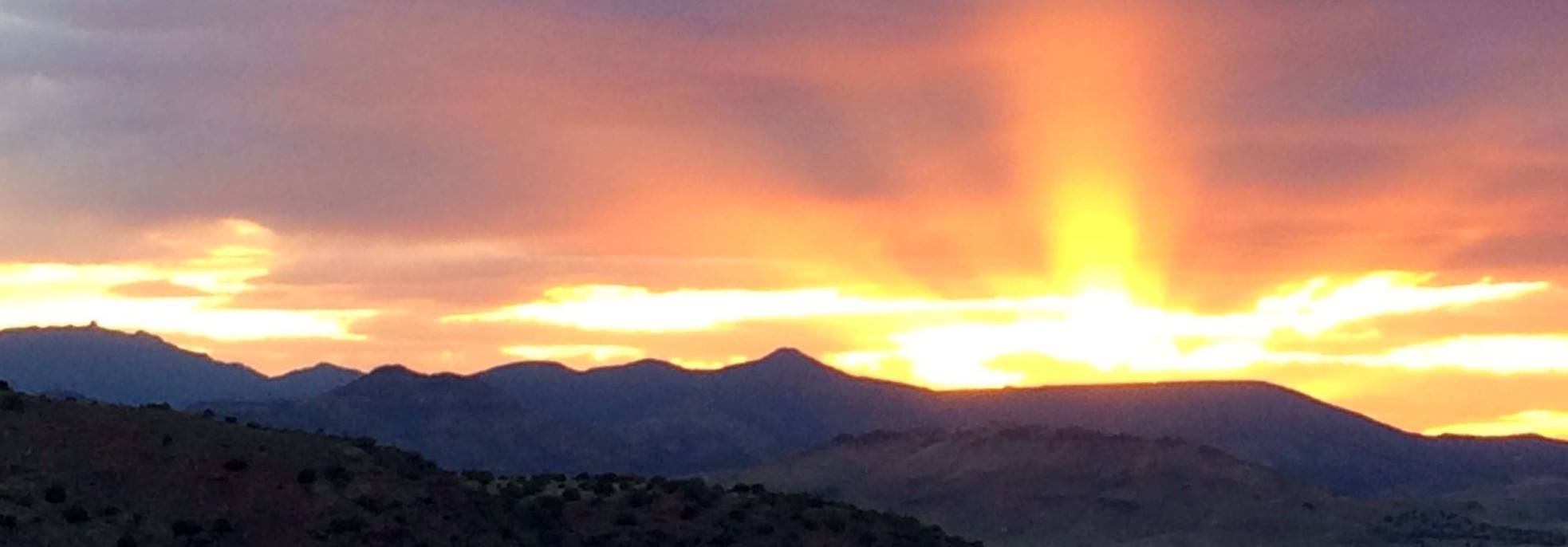
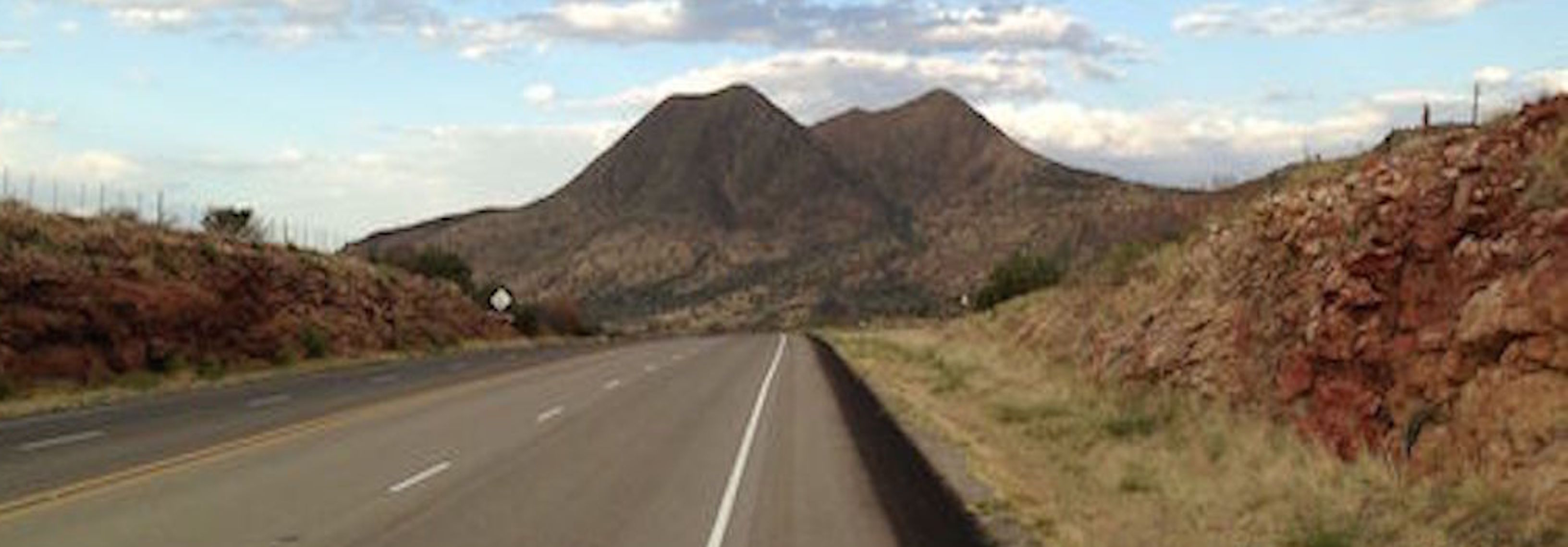
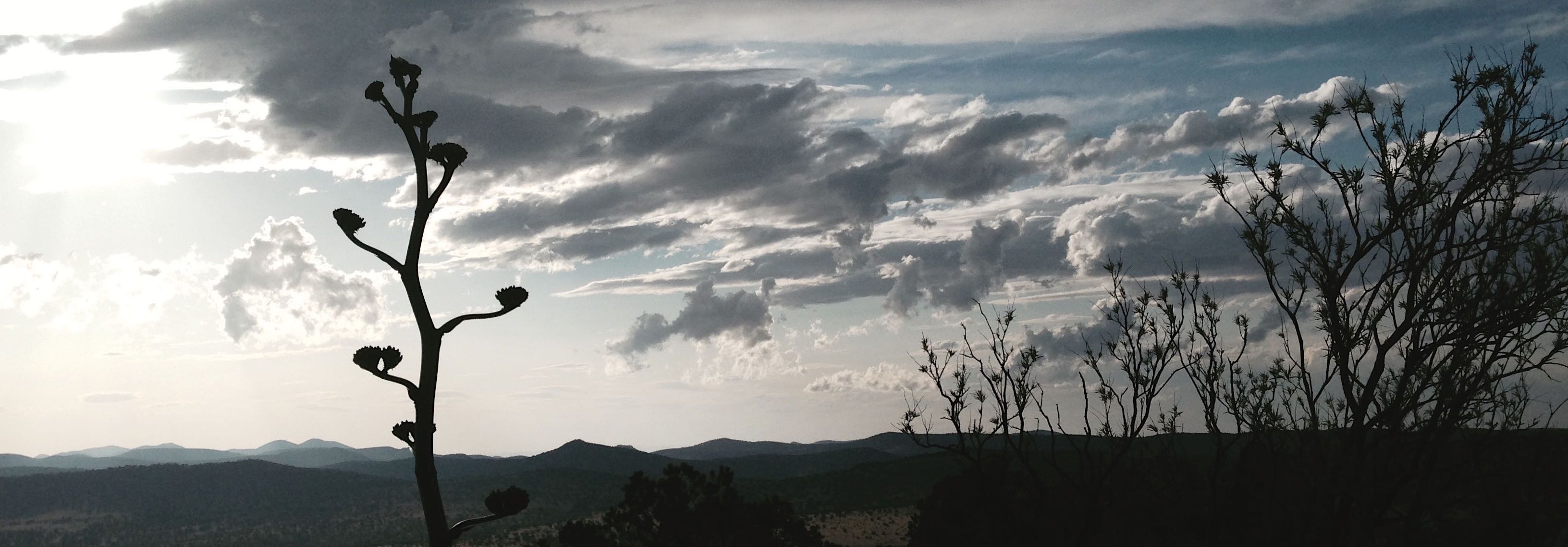
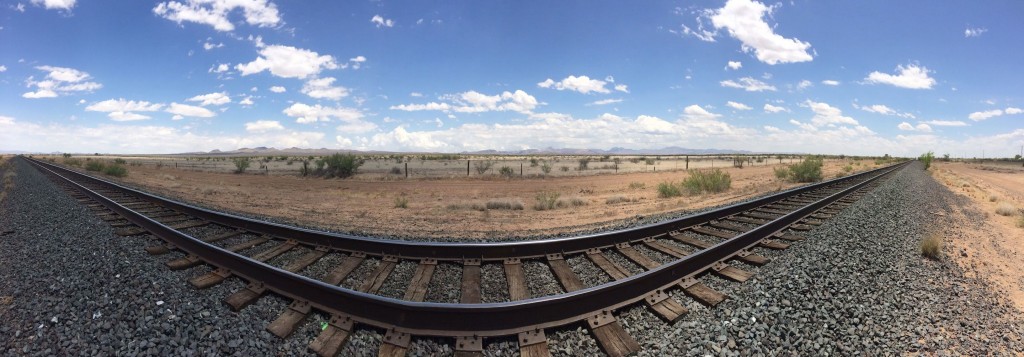
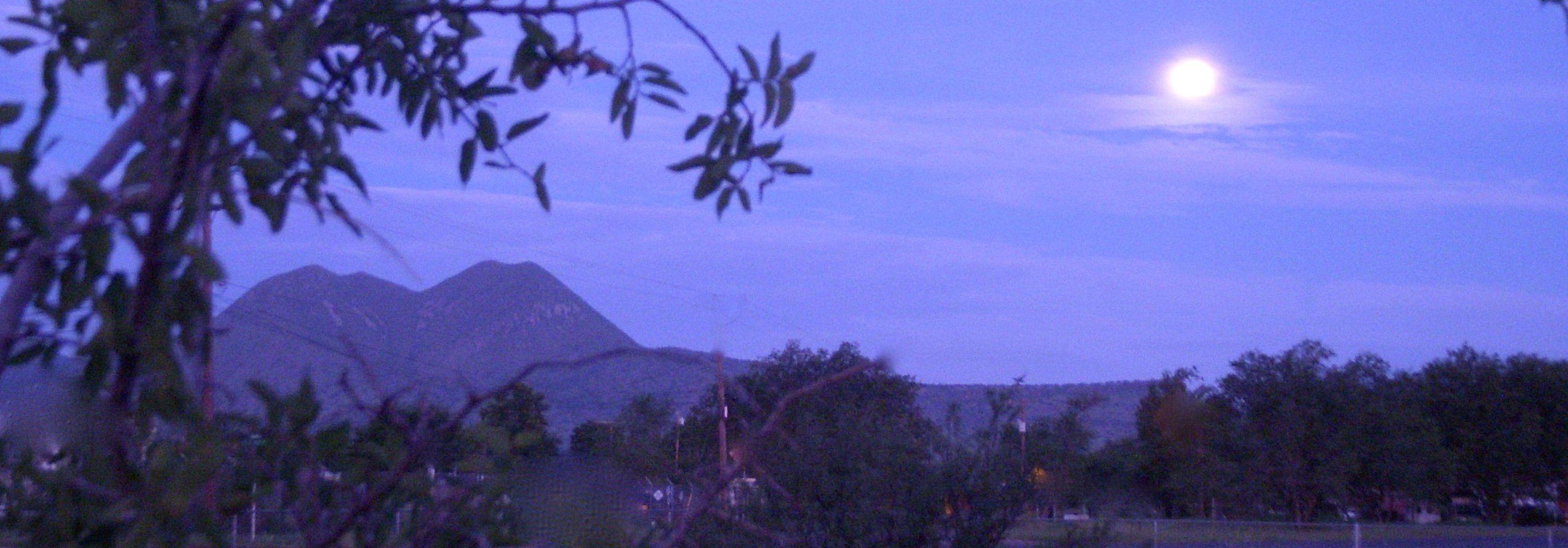
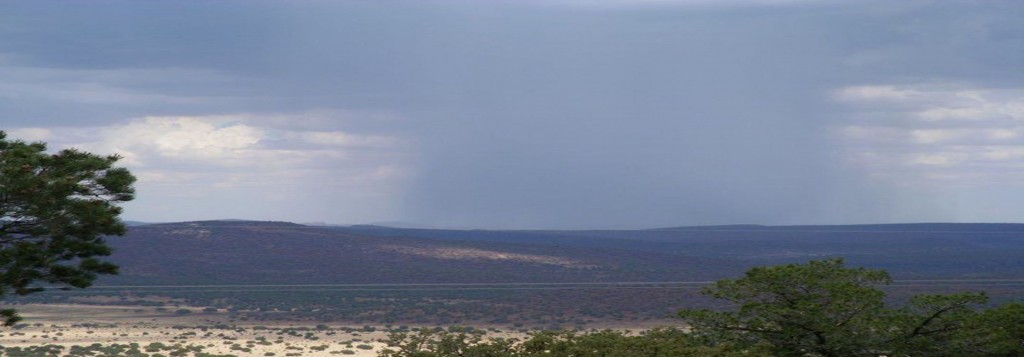

Don’t really know if we improved things when digital pictures came around, or not. I was pretty careful about the pictures I took with film because I had to pay for developing the film as well as the processing on each picture. Got my first digital camera and started taking two or three shots of everything I saw, thinking that I could have just the right ones printed. Only problem is that I never had any of them printed! So, now I have thousands of pictures stored on my computer, and very seldom look at any of them.
For goodness sake Viv, don’t toss any of those old pics. Just keep them, maybe in an album designed to prevent any more deterioration, make sure that each is identified, and someday someone will get great joy from looking at them. My family had many old pics that dated back to my g-g-grandparents, and I used them in my family history book.
I continue to enjoy sitting on the porch with you.
Welcome and thank you. No, I probably don’t have the heart to throw them away. I do think about how much more carefeul we were when we had to buy the film and pay for the processing. Thanks. Happy Friday.
Hi Vivian,
I too inherited drawers and drawers full of old photos and some negatives – most unlabeled. Who are those people!!! Sadly, no one is left to ask, and yet I can’t bear to throw them away. By the way, my grandmother’s maiden name was Small. Maybe we’re related!!!
Barbara
Barbara,
We’ll have to talk. The Smalls are one of the better organized of my ancestors; I have lots of info. If we’re related, it’ll be easy to figure out.
A few years before Mother died, I gathered up every photo I couldn’t identify and took them to her. If she didn’t know who they were, I tossed them. My grandmother had hers organized so I was able to just send them all back (birth announcements, graduation pictures etc.) to the right family.
Dear me, what will ever become of all this stuff?
“… dump them in the trash”?!?! Bite your tongue, Vivian! Don’t you have family reunions? Somebody may know who that is in the picture. I didn’t become interested in family history until I was in college. I remember sitting down with my grandmother and a pile of old pictures. I wrote on the back who-when-where (if she remembered). That’s the problem with most people…. they don’t write on the back of the picture who it is, while they still can remember.
I’ve scanned many of my family pictures into the computer. If I can’t get all the info I want in the .jpg name, I add a border at the bottom and type in who-what-when-where.